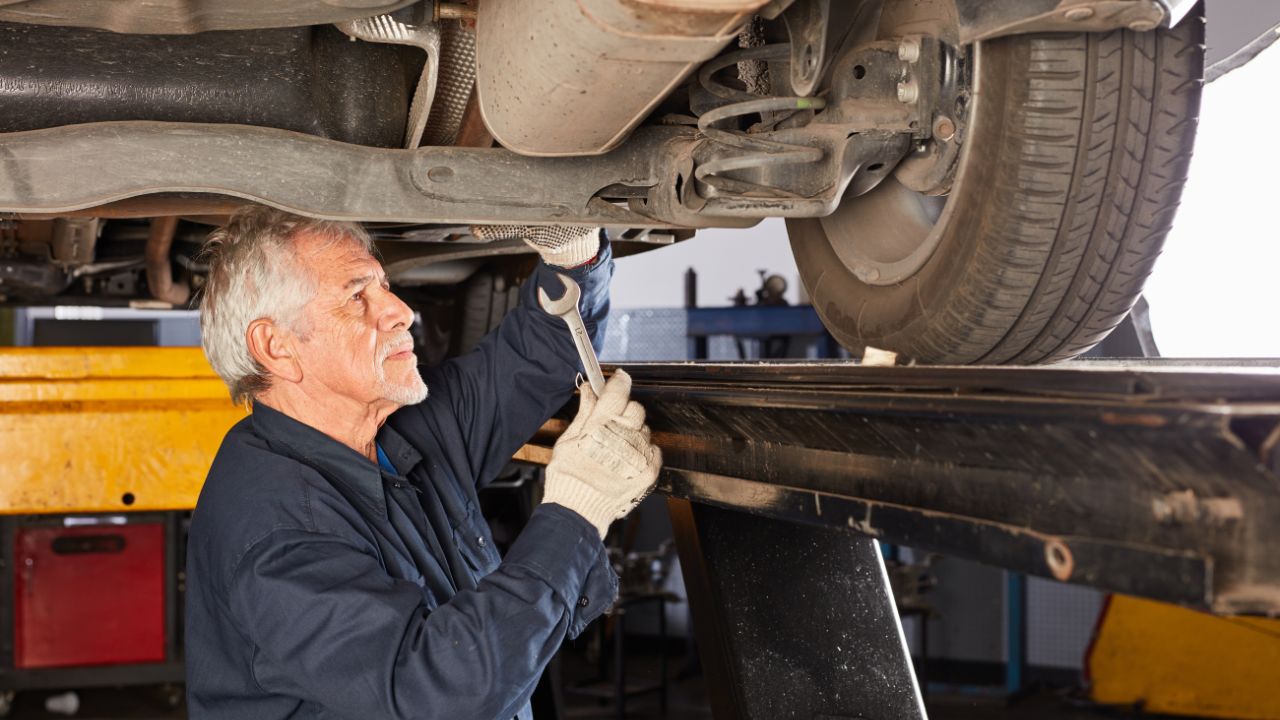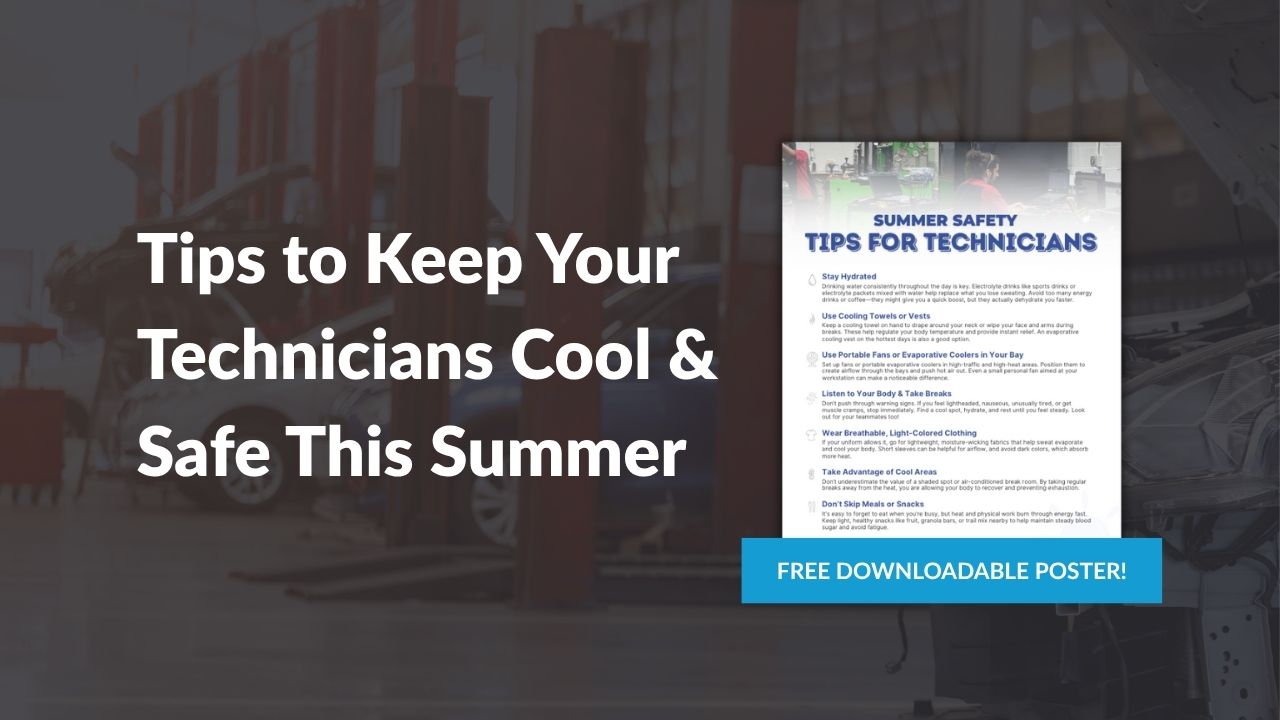The automotive and diesel industries are facing a critical workforce challenge: a growing number of experienced technicians are nearing retirement, and there simply aren’t enough young techs entering the field to take their place. Studies have shown that demand for technicians continues to outpace supply by an alarming 4-to-1 ratio.
This widening gap doesn’t just affect the future of the industry—it’s already impacting shop operations today. Longer wait times, higher labor costs, and difficulty keeping up with repair volume are becoming the norm, putting pressure on shop owners, service advisors, and customers alike.
If shops want to remain competitive and sustainable in the years ahead, proactive steps are needed now. In this article, we’ll explore what shops can do today to build a stronger, more resilient technician pipeline.
The Retirement Wave is Here & Talent Pool isn’t Filling Fast Enough—A Look at the Data
As seasoned professionals retire at a rapid pace, the pipeline of new talent entering the industry isn’t nearly strong enough to keep up. The numbers paint a clear—and urgent—picture:
- In the United States, the average age of a technician is 40 years old.
- The average age of retirement for automotive and diesel technicians in the United States is 65 years old.
- The number of students studying vehicle maintenance and repair increased by only 7% from 2022 to 2023.
- When it comes to all skilled trades, for every five baby boomers retiring, there are only two younger workers stepping in.
These numbers highlight a serious imbalance: while there’s been a slight uptick in students entering the field, it’s nowhere near enough to replace the wave of retirements already underway. Without immediate action, the talent gap will continue to widen, leaving shops understaffed and struggling to meet demand.
Engage the Next Generation—Early Industry Exposure is Key
One of the most effective ways to combat the technician shortage is by investing in the future workforce—long before they enter the job market. That means connecting with high schools, trade schools, and youth programs to spark interest in technician careers early on.
Reaching out once a year around graduation and asking instructors for their best students isn’t enough. To truly build a pipeline of young talent, shops need to show up consistently and become a visible, trusted part of the education-to-career journey.
Here are a few ways shops can get involved:
- Visit classrooms to share what it’s really like to work in the field
- Offer job shadows or internships so students can get hands-on experience
- Donate tools or equipment that schools might not otherwise have access to
- Mentor students and show them there’s a future in this industry
Shops can even use tools like School Assist by WrenchWay & ASE, which makes it easier to connect with local schools and support their programs. Instead of researching and contacting each school individually, shops can use one platform to reach multiple schools—confident they’re connecting with the right person.
Most importantly, remember that consistency is key. One-off career fairs are great, but ongoing engagement builds relationships—and those relationships are what turn curious students into career-ready technicians.
Act Now or Risk Getting Left Behind
With a significant portion of the technician workforce nearing retirement, shops that fail to act now risk falling behind in a big way.
The good news? Shops that invest in building relationships with local schools and engaging the next generation will have a major competitive advantage. Those efforts don’t just help the industry—they help ensure your business has the talent it needs to thrive for years to come.





